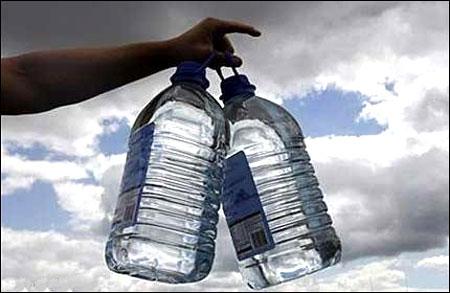
The main reasons for water scarcity are wastage, pollution and unsustainable management.
At the same time the Gandhi Peace Foundation in Delhi has just released the sixth imprint of a book on water that has become a quiet legend tucked away from glaring headlines.
Monsoon dependent India has a long history of periodic droughts. In this context works like this book are far more significant than is commonly acknowledged.
'Aaj bhi khare hain taalaab', which means 'the tanks are still good today', was first published in Hindi in 1993. Since then it has sold a total of about 200,000 copies - including translated versions in seven other Indian languages.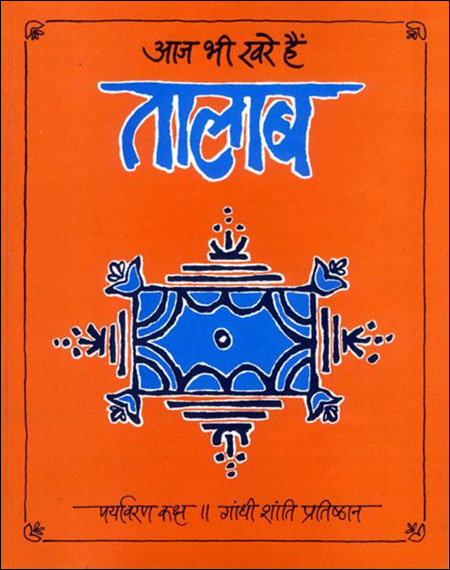
This book is an artistically presented account of how and why traditional water harvesting systems enabled people to have adequate water in even desert areas where the average annual rain fall is just nine inches.
It documents not merely the technological sophistication of structures created to capture and store rain water but also the social norms and systems of organisation that ensured both construction and maintenance of these structures.
Anupam Mishra, the author of this book, has spent almost three decades studying water harvesting systems across north India. His is also the author of an earlier book titled 'Rajasthan ki rajat boondein', which means 'the precious drops of Rajasthan'.
Mishra has consistently refused to take any credit for this work, saying that he has merely removed the dust from beauty created and nurtured by our villages and made it accessible to more people.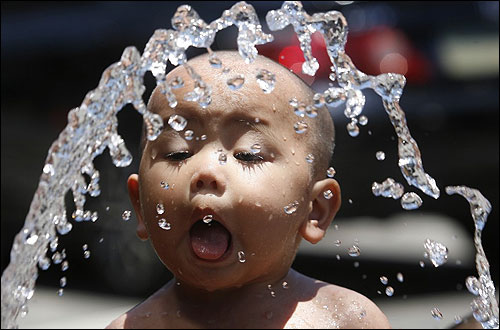
Development policies since Independence tended to completely overlook traditional water systems. Works like 'Aaj bhi khare hain taalaab' have made a dent and there is now more emphasis on local water harvesting.
But the deeper message of this book, and the systems it celebrates, is still largely neglected. Namely, that we need to urgently review and reconsider how much water we use. This in turn means re-examining how we define economic growth.
Population pressure is not the only reasons why the United Nations has declared 2005 to 2015 as the international decade for action on 'Water for Life'.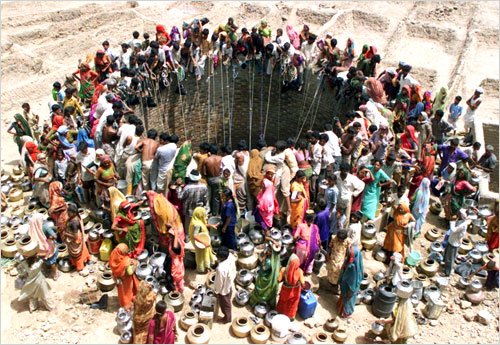
This is largely because water use has grown at more than twice the rate of population increase in the last century. So the main reasons for water scarcity are wastage, pollution and unsustainable management.
In South Asia water scarcity has been worsened by a combination of increased demand and poor management of available resources. Water intensive cash crops, like sugar and cotton, have been grown by drawing on deep ground water resources. This has had disastrous consequences for the water table across India, but particularly in Maharashtra.
These trends have left large sections of the population even more vulnerable to the vagaries of the monsoon and ill-equipped to deal with periodic droughts. Even irrigation infrastructure is under-performing due to negligent maintenance.
Click on NEXT for more...
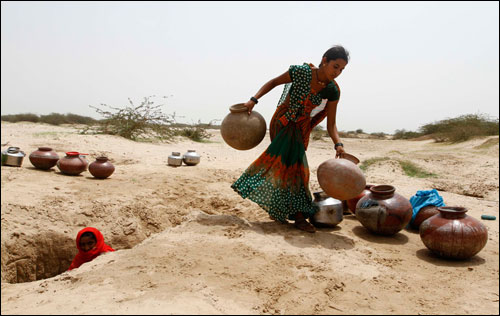
In this context works like 'Aaj bhi khare hain taalaab' have two immediate impacts.
One is that the book has found its way to thousands of people across India, some of whom have tried to apply the wisdom within to their own local needs and solved some of their water problems.
Mishra was a keynote speaker at a large conference of the TIE business network in Mumbai in 2010.
After his talk Mishra was surrounded by business people seeking to learn more about how they can be better managers of water.
Subsequently, some actually sought his help to adapt various traditional concepts in improving watershed management in their areas.
Click on NEXT for more...

The other impact is that literature of this kind inspires us to look at natural resources in a more holistic manner. The key message of the book is that no water body ever stands in isolation.
Every water body is part of a larger watershed which is almost like an inter-connected family or clan - which includes flora, fauna and the animal world, including humans.
Above all, 'Aaj bhi khare hain taalaab' invites us to match our wants and needs to available resources. This is a radical challenge because the contemporary emphasis on economic growth does exactly the opposite.
It promotes indefinite expansion of wants regardless of resource constraints.
The inspiration of such literature may not be of immediate help in the drought now being faced by Maharashtra. But if applied with diligence and patience, it can shown long term results.